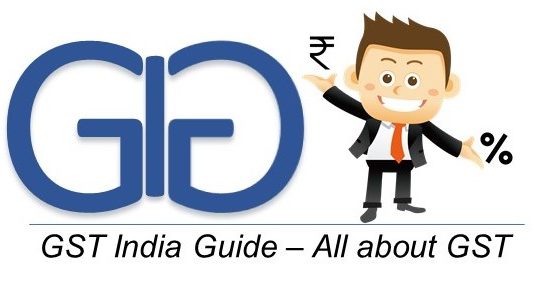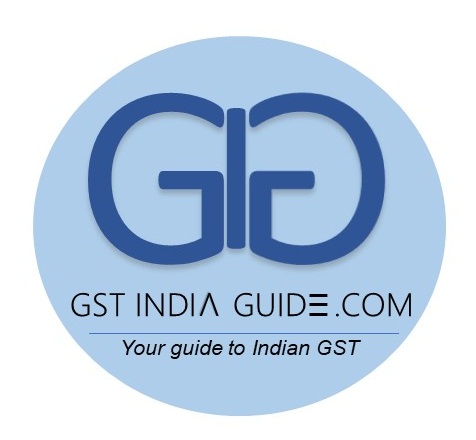Hadn’t there been several rounds of rate cuts after its launch, the annual growth in GST collections would have already been a robust 19%, revenue secretary Ajay Bhushan Pandey said, hinting further GST rate cuts might have to wait.
By Sumit Jha and KG Narendranath
“We try to be reasonably ambitious in our estimate,” revenue secretary Ajay Bhushan Pandey told FE when asked about the challenging tax revenue target in Budget 2019-20. Hadn’t there been several rounds of rate cuts after its launch, the annual growth in GST collections would have already been a robust 19%, he said, hinting further GST rate cuts might have to wait. In an interview with FE’s Sumit Jha and KG Narendranath, the official justified the 2% tax on cash withdrawals above `1 crore a year, saying such use of cash defied logic given the rapid expansion of banking coverage and focus on digital payments even for welfare schemes like MGNRERGA. Edited excerpts:
Thanks to demonetisation and GST, the tax base (number of taxpayers) has expanded at a faster pace in recent years. In FY17, the tax revenue growth too was impressive at 18%, the highest rate since FY11. But this revenue buoyancy appears to have been short-lived, since it declined sharply from 1.5 in FY17 to 0.7 in FY19.
Tax revenue growth is dependent on various factors, the most important one being the state of the overall economy. Direct taxes had been growing at 14-15% and the rate went up to 18%. Last year, these grew by 14%. When viewed against the nominal GDP growth rate, tax collections have grown at a faster pace.
But if you have the buoyancy going far below 1…
Let us dissect the problem. The direct tax buoyancy was 1.4 (in FY19, down from 1.8 in the previous year), but as far as indirect taxes are concerned, one must factor in the change in the landscape due to the goods and services tax.
After the introduction of GST, the GST Council has reduced the rates on several items. Even before the series of rate reductions, the (weighted average) GST rate were below the estimated revenue-neutral rate. The rate cuts have widened the gap. The total impact of these rate cuts have been to the tune of Rs 92,000 crore (in terms of revenue loss). That means if such revenue wasn’t forgone, the growth in GST collections would have been 19% instead of 10%.
Tax authorities have been tracking the unexplained cash deposits in banks after the note ban with an intent to bring evaders under the net, but don’t appear to have made headway.
These are cases where investigations are going on. The detection of tax evasion is part of an ongoing exercise. In this Budget, we have taken steps to systemically address this problem. While we take action on the cases that have come to government’s notice, it is equally important to ensure that such problems don’t arise in the future.
READ ALSO | Income Tax Calculator: Know post-Budget 2019 Income Tax out go here
We have proposed to levy 2% tax deduction at source (TDS) for cash withdrawals above Rs 1 crore in a year, as we had reports of individuals and companies withdrawing cash running into several lakh crores. In many cases of large and frequent cash withdrawals, the PAN numbers have been found wrong or unavailable.
Through the TDS, we will ensure that people who are conducting genuine businesses will move towards digital modes of payments. If they can’t, they can pay the TDS and get the credit in the same quarter while paying advance tax. Those businesses or individuals who are non-compliant, will be deterred by the TDS. Revenue is hardly a motive for this tax, rather we will be happy if no one requires to pay this tax.
There should be no need to withdraw Rs 1 crore in cash in a year. According to the Income-Tax Act, any payment above Rs 10 lakh has to made only by cheque. More than 90 crore people in the country have bank accounts and 67 crore accounts are linked with Aadhaar. MNREGA wages are also being paid to beneficiary bank accounts. So where is the need for withdrawing so much cash?
If you consider the Budget estimates for tax revenue this fiscal and compare it with actual collections last fiscal, the growth required is 18%. Quite ambitious given the economic slowdown.
The 18% overall growth comprises 14% GST growth, 18% growth in direct taxes while the Customs and excise together are expected to grow 28%. This is what we will try to achieve.
The targets were missed by a wide margin last year.
When we make an estimate, we try to be reasonably ambitious. This also prompts you to perform. We will ensure the problem of fake invoices and fraud input tax credits in the GST system is curbed. Also, the tendency to reduce GST rates further ought to be checked, at least temporarily. Before any further rate rationalisation, its potential impact on revenue collections has to be guaged. There can’t be a situation, where you keep reducing the rates when the revenue targets remain the same.
The proposal to merge slabs involve rate cuts…
True. Rationalisation of slabs would mean that you have to increase the tax rates for items in the 12% slab to somewhere between 12-18%. We will be able to do this exercise only when those currently paying 12% feel ready to move to a higher rate.
Despite the 14th Finance Commission’s generous award, the total transfers to states (including the tied ones) haven’t grown faster than the growth in Union budget size. Yet, the Centre seems to grudge the award and determined to up its cess revenue, which doesn’t need to be shared with states.
That is an unfair allegation. Every cess/surcharge has a purpose and what should be looked at is that the government is spending more than what it collects through cesses and surcharges.
The Budget has also amended the ‘Black Money Act’ with retrospective effect, to bring non-resident Indians into its ambit. What is the purpose of this change?
Many cases have come to our notice where foreign residents had acquired properties through illegal means in foreign jurisdictions while they were Indian residents. So it was only appropriate to bring such persons under the ambit of the Act.
Doesn’t the hike in the Customs duties on several items impinge on the country’s commitment to globalisation and free trade?
No, this is a well thought-out strategy to encourage Make in India and manufacturing. So, for items that are being manufactured in India, we have marginally raised the customs duties. At the same time, we have reduced the duties on raw material and the captive goods.
A 20% tax is proposed on listed companies for share buybacks. Does this not deter corporates from using the capital at hand for investments?
The dividend is being taxed worldwide in the hands of receivers but here, for the purpose of administrative ease, we collect it from the company itself. The proposal is because instances have come our notice where firms bypass dividend distribution tax by using share buyback option.

